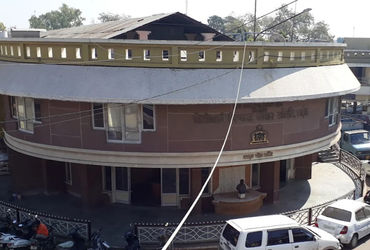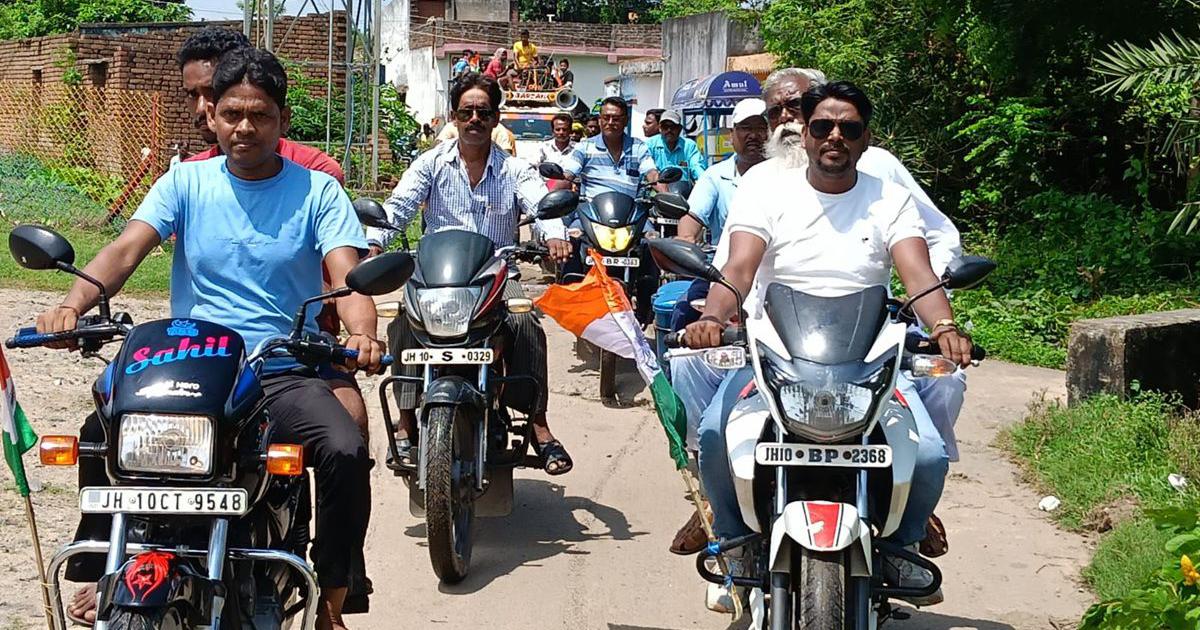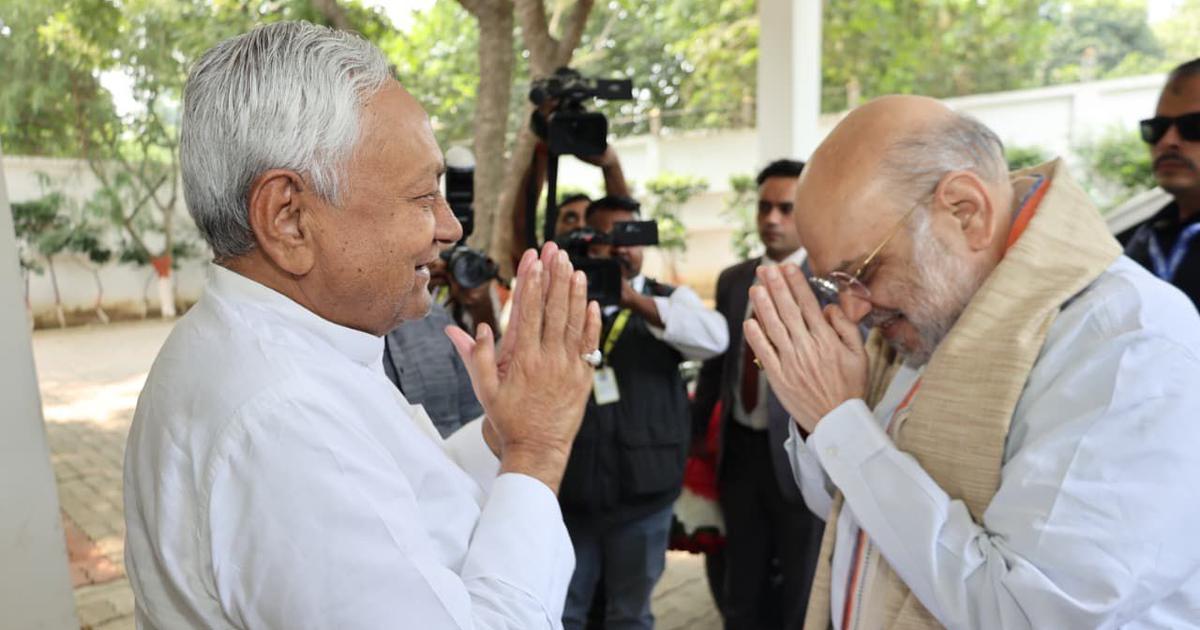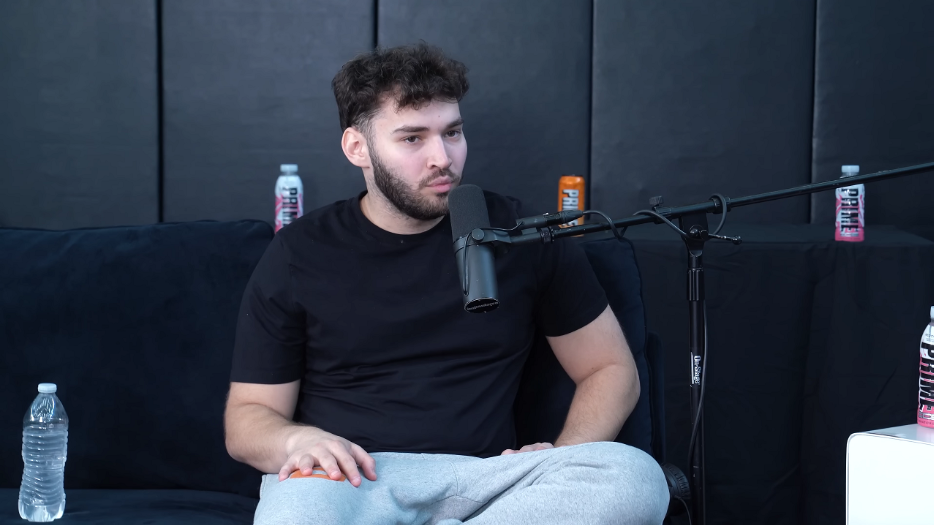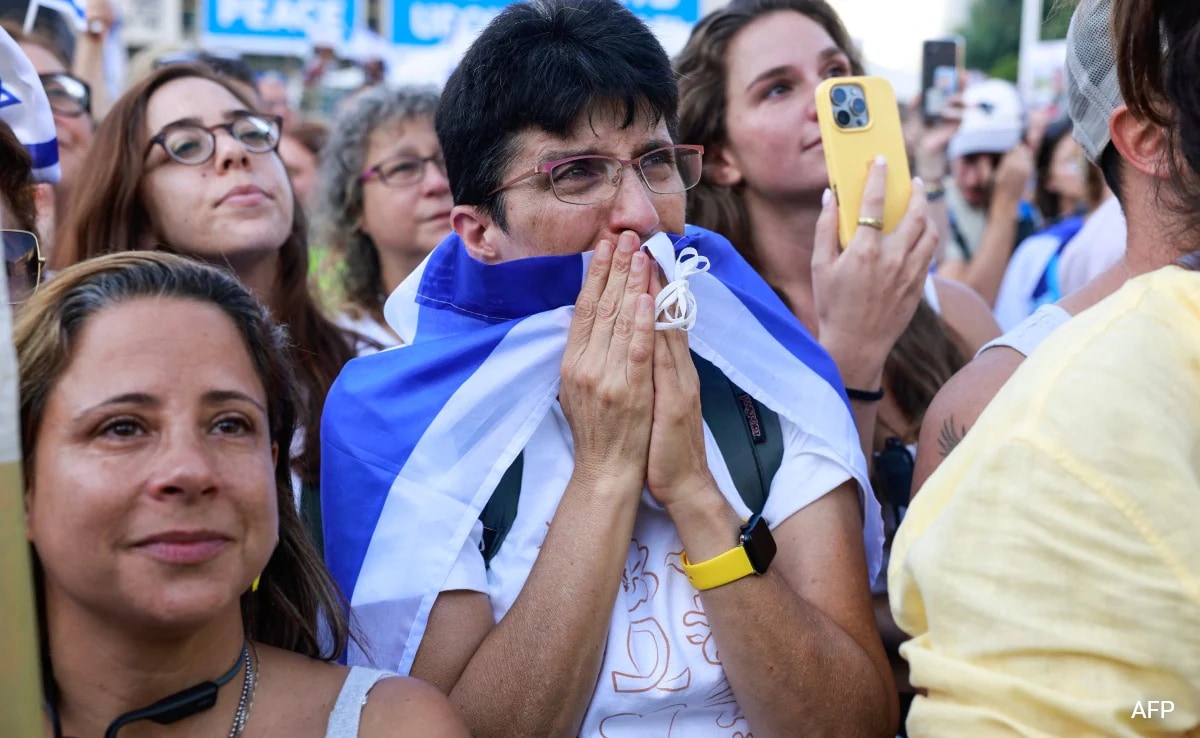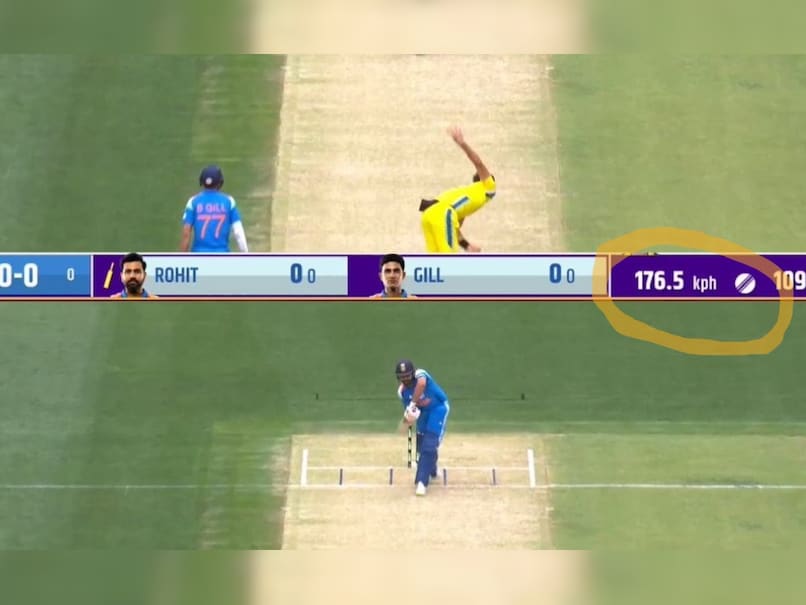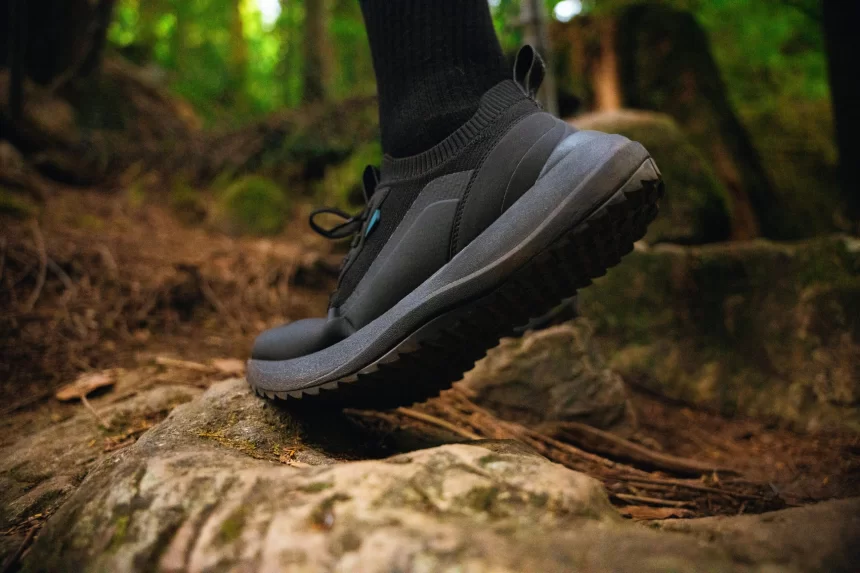New polio vaccine could be a shot in the arm to eradicate disease

Join our WhatsApp Community to receive travel deals, free stays, and special offers!
- Join Now -
Join our WhatsApp Community to receive travel deals, free stays, and special offers!
- Join Now -

Aside from recent outbreaks of polio in war-torn regions of the world, the deadly virus is close to being eradicated, thanks to vaccines.
All vaccines work by training our immune systems to recognise a harmless piece of a virus or bacteria so that when the real thing is encountered later, the immune system is prepared to defeat it.
There are two types of polio vaccine in use. One is the inactivated poliovirus vaccine (IPV), and the other the live-attenuated oral poliovirus vaccine (OPV).
The IPV is made by “killing” large quantities of poliovirus with a chemical called formalin, making it unable to replicate. The immune system is then “trained” to recognise the poliovirus – which is thankfully rendered safe by formalin.
The OPV vaccine contains a weakened (or “attenuated”) version of the virus. These changes in the virus’s genetic code stop it from causing disease. However, as the OPV vaccine is still capable of replicating, it can revert to a form that can cause disease, with the potential to cause paralysis in unvaccinated people.
Because of these risks, scientists are now looking for safer ways to create vaccines – methods that don’t require growing large amounts of the live virus in high-security labs, as is done for IPV.
Our research team has taken an important step towards producing...
What's Your Reaction?
 Like
0
Like
0
 Dislike
0
Dislike
0
 Love
0
Love
0
 Funny
0
Funny
0
 Angry
0
Angry
0
 Sad
0
Sad
0
 Wow
0
Wow
0
